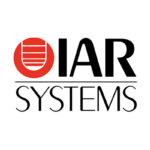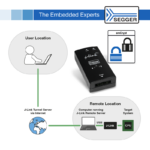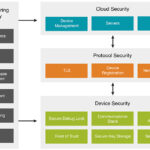 The MIPI Alliance announced the public availability of MIPI Debug for I3C v1.0, a flexible and scalable debug and test specification for systems that enable 5G, the Internet of Things (IoT), automotive, and other applications. This new specification, built on the MIPI I3C v1.1 (and MIPI I3C Basic v1.0) utility and control bus, allows system designers to efficiently and dynamically debug and test application processors, power management integrated circuits, modems, and other power-managed components across a system of any size via the low-bandwidth MIPI I3C interface, which requires a minimal set of pins.
The MIPI Alliance announced the public availability of MIPI Debug for I3C v1.0, a flexible and scalable debug and test specification for systems that enable 5G, the Internet of Things (IoT), automotive, and other applications. This new specification, built on the MIPI I3C v1.1 (and MIPI I3C Basic v1.0) utility and control bus, allows system designers to efficiently and dynamically debug and test application processors, power management integrated circuits, modems, and other power-managed components across a system of any size via the low-bandwidth MIPI I3C interface, which requires a minimal set of pins.
Legacy low-bandwidth interfaces such as JTAG/cJTAG, I2C and UART that are structured statically impose limitations on the accessibility of debug components and devices—for example, when they’re in low-power mode. MIPI Debug for I3C overcomes these restrictions by building on key MIPI I3C v1.1 features. MIPI Debug for I3C delivers multi-component connectivity across either dedicated debug or shared bus topologies, requires only two wires, supports multiple entry points, and maintains a network even as components power down and off a network and then rejoin after powering back up.
The interface transports debug controls and data between a debug and test system (DTS) and a target system (TS). The TS exposes multiple debug interfaces/ports from a single physical connection, and the DTS then sends broadcast or directed action requests (halt, reset, etc.). Event indications can be sent via in-band interrupts (IBIs), and communication takes place over defined, byte-oriented streaming interface ports that can support different protocols. No special I3C controller hardware is required.
Leveraging MIPI I3C’s multi-drop, two-wire architecture, as well as its existing common command codes (CCCs) and device “hot-join” ability, Debug for I3C supports key specialized extensions for debug and trace, including: defining debug-specific CCCs for configuration, function selection, and action/event triggers and interrupts; assigning specific Mandatory Data Byte (MDB) values to indicate debug IBIs; standardizing data-exchange mechanisms for predefined port-based communication.





Leave a Reply